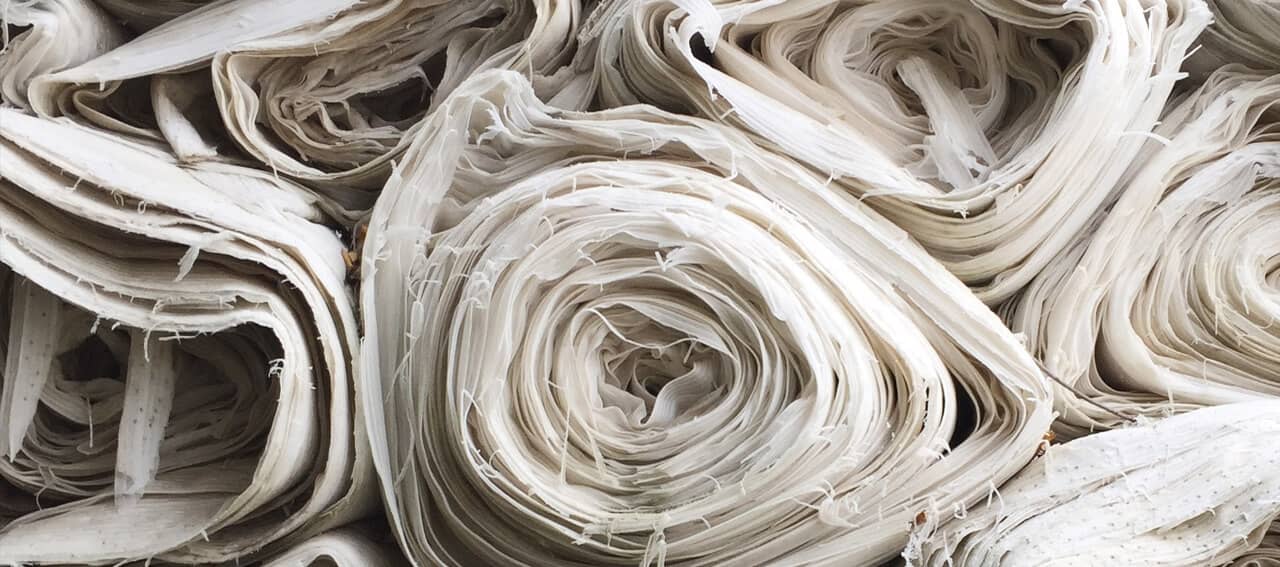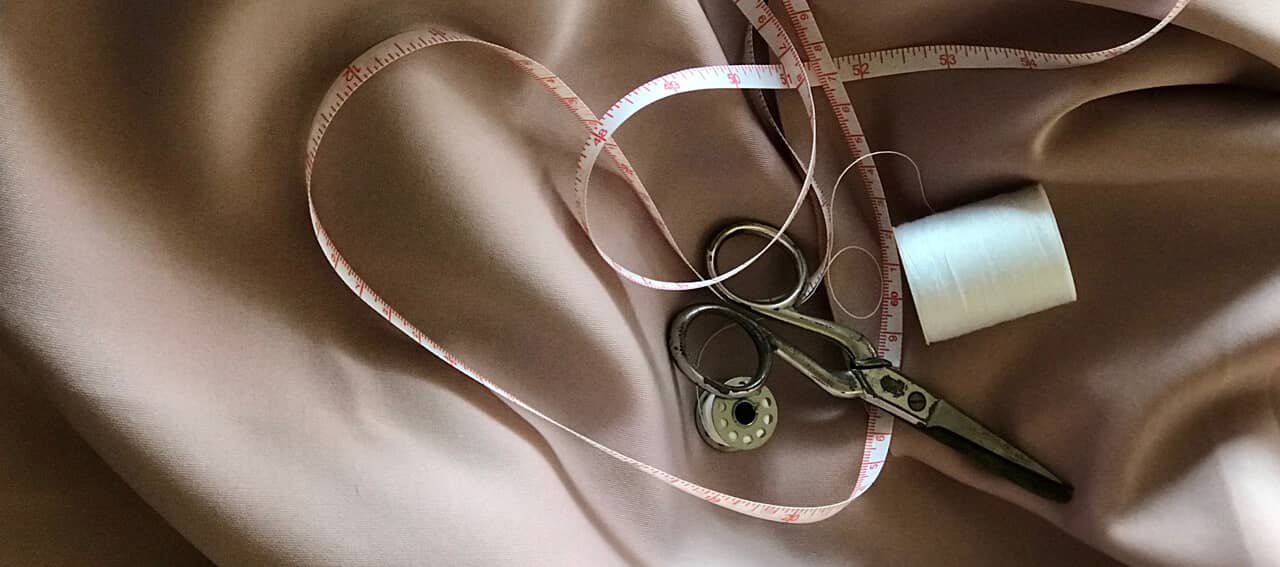Let’s take some time, maybe a cup of coffee long time, to focus on a bit of a different topic: Fashion. Something, that seems to make our world a little shinier. Unfortunately, thanks to Fast Fashion, it is a nightmare for our environment. Why?

Polyester for example, allows our clothes to be elastic and flexible. Great. Nevertheless, plastic microfibers are set free during each and every washing cycle. Translated to plastic bottles, that adds up to 50.000.000.000 a year, washed into our oceans.*
By the way – cotton isn’t much better either. The enormous plantations require 11% of all pesticides used worldwide. What makes it even worse is the enormous amount of water that cotton needs: It takes 7.500 liter for a single pair of jeans, which is the ridiculous amount of 50 bathtubs.* Oh, and let’s not even begin to talk about the chemicals for the coloring…
photo:
ethan bodnar on unsplash

photo: ethan bodnar on unsplash
According to an Ellen MacArthur Foundation study** the estimated footprint of the fashion industry amounts to (…) 1,2 billion tons of CO2, about 2% of the worldwide greenhouse gas emission. Taking the development of our purchase behavior into consideration, in 2050 we will talk about nothing less that 26%! This way, a single pair of jeans travels up to 65.000km before arriving in the store.* How many pairs of jeans did we have in our closet again…?
About 70% of all clothes, that are sold in Europe, are manufactured in Southeast Asia. Not only after the tragedy in India in 2031, but it is also common knowledge, that the work conditions are partly disastrous. Did you know, that in Bangladesh, one hour of sewing is worth 0,32 USD?
The aspects of pollution and overproduction are not even touched here… So, this is a rough draft that should still be enough to understand that we cannot go down this road any further.
Well, the easiest and hardest one at the same time: Ask yourself: Do I really (like really!) need this shirt or those pants?
Secondhand shopping in the little shop around the corner or swapping clothes with your friends.
Borrow a dress instead of buying one. There are plenty of online as well as offline platforms, check them out!
Buy responsibly. There are many labels out there. Not particularly big ones in most cases which is why all of them could really use your support.
Or shop at “made to order” labels, e,g, at “Maisoncléo” or “We are Kin” to just name a few. Those brands only produce what has really been ordered. That is a little more costly but also of high quality.
That is another principle of “Slow Fashion: Only buy things that will last and have been produced in an ecologically responsible way.
Some certificates that you can trust in: IVN-Best, GOTS, Cradle to Cradle.
But what if the expensive item has a whole? Fix it. Have it patched. Whatever. In Japan, there is a beautiful tradition in which they stick together broken ceramics and enrich it with gold or silver: Kintsugi – which gives the former broken parts a new elegance and adds a special value. Why not do that with our favorite fashion items?
photo:
pina messina on unsplash

photo: pina messina on unsplash
This also leads to re- and upcycling – a topic that still waits to step into the limelight.
Well, this might have taken 2 cups of coffee now. But hopefully it inspires you to a better handling of fashion.
*Source: greenpeace.org
**https://www.ellenmacarthurfoundation.org
Phone +49 (0) 40 753 04 – 485
Fax +49 (0) 40 753 04 – 492
e-mail: info@mounthagen.de
